How to Create a Prayer Journal to Sell
 Jul 15,2025
Jul 15,2025

 SESE
SESE
How to Create a Prayer Journal to Sell: A Step-by-Step Guide
In a world craving mindfulness and spiritual connection, prayer journals offer a tangible path to deeper reflection and faith. For the creatively inclined and entrepreneurially spirited, creating and selling your own prayer journal isn't just a business opportunity; it's a chance to minister to others and support their spiritual journey. This guide walks you through the essential steps, transforming your vision into a beautiful, marketable product that resonates with hearts and minds.
1. Define Your Target Audience
Who are you creating for? A clear target audience is crucial for design, content, and marketing success. Consider:
-
Denomination/Spiritual Tradition: Catholic, Protestant (Evangelical, Mainline, etc.), Non-denominational, Interfaith? Specific needs vary (e.g., Rosary guides vs. free-form pages).
-
Experience Level: New believers needing structure? Seasoned pray-ers seeking depth? Busy parents needing simplicity?
-
Specific Needs: Grief support, gratitude focus, scripture meditation, guided prayer prompts, couples' prayer, children's journals?
-
Demographics: Age range, gender focus (if any), lifestyle (busy professional, student, retiree)?
-
Aesthetic Preferences: Minimalist modern, rustic farmhouse, floral elegant, classic leather?
-
Knowing your audience ensures your journal speaks directly to their prayers and style.
2. Plan the Contents of the Journal
Structure the internal experience. What will guide the user? Common sections include:
Introduction/How to Use: Brief guidance on getting started.
Dated or Undated Pages: Flexibility is popular, but dated journals can drive urgency.
Core Prayer Sections:
-
Gratitude: Dedicated space for thankfulness.
-
Petitions/Requests: For personal needs and interceding for others.
-
Scripture Reflection: Space to write verses and insights.
-
Answers to Prayer: Tracking God's faithfulness.
-
Confession/Reflection: Areas for honesty and growth.
-
Listening/Prompt Response: Space to record thoughts during quiet time.
Guided Prompts: Questions or themes for deeper exploration (optional but valuable).
Reference Pages: Favorite scriptures, prayer lists, important dates.
Inspirational Quotes: Carefully selected to uplift and focus.
Index or Blank Pages: For notes or customization.
Ensure the flow feels intuitive and supports the user's prayer rhythm.
3. Design Your Prayer Journal
|
|
|
|
Embossing |
Debossing |
Foil Stamping |
Cover Design: First impressions matter! Invest in professional, evocative design reflecting the journal's spirit (serene, joyful, bold, etc.) and appealing to your target audience. Consider textures (embossing, debossing, foil stamping).
Interior Layout: Prioritize readability and usability. Choose clean, easy-to-read fonts. Balance structure (guides, lines, sections) with ample white space for writing. Ensure consistent margins and spacing.
Artwork & Embellishments: Subtle watercolors, line drawings, inspirational icons, or tasteful borders can enhance without overwhelming. Ensure high-resolution files.
Paper Feel: Specify paper color (bright white, cream, kraft) and weight (aim for 70-100lb text weight to minimize bleed-through from pens).
Practical Elements: Consider including a ribbon bookmark, elastic closure band, or pocket for notes.
|
|
|
|
|
Ribbon Bookmark |
Elastic Band |
Paper Pocket |
Belly Band |
4. Choose Printing Specifications
|
|
|
|
|
Hardcover |
Softcover |
Linen |
PU Leather |
Cover Type: Hardcover, softcover, linen, or PU leather
|
|
|
|
Hardcover Binding |
Perfect Binding |
Spiral Binding |
Binding: Saddle-stitch (staples) for thin journals, Perfect Binding (glued spine like a paperback) for thicker ones, or durable Spiral Binding for ultimate lay-flat ease. Hardcovers offer premium durability.
Paper Type: Uncoated paper is generally best for writing (smooth writing surface, good ink absorption). Specify the weight (gsm or lb text) and brightness.
Cover Finish: Options include Matte, Gloss, Soft-Touch laminate, or textured papers. Consider durability.
Special Finishes: Foil stamping (metallic accents), embossing/debossing (raised/recessed areas), or spot UV (shiny highlights) can elevate the cover.
Size: Standard sizes (5x7", 6x9", 8.5x11", A5) are practical. Consider portability.
5. Work with a Custom Printing Manufacturer
Partnering with a reliable printer is key to bringing your vision to reality:
-
Research: Look for printers specializing in books/journals. Sese Printing is an excellent example, offering comprehensive custom journal manufacturing services.
-
Request Quotes: Provide detailed specs (size, page count, binding, paper type, cover finish, quantity). Sese Printing can guide you on optimal choices.
-
Request Proofs: Always order physical proofs (a single copy of your journal) before the full print run. This is non-negotiable for checking colors, paper feel, binding, and overall quality. Sese Printing typically offers proofing services.
-
Communication: Clearly communicate your requirements and ask questions. A good printer (like Sese) will offer expert advice on feasibility, cost-saving alternatives, and best practices for journal construction.
-
Quality Control: Ensure the printer has robust quality checks. Inspect your proofs meticulously.
With SESE Printing’s expertise in spiritual and inspirational products, you can ensure your journal is professionally made and tailored to your brand’s vision.
6. Packaging and Branding
|
|
|
|
|
Shrink Wrap |
Bubble Bag |
Polybag |
Mailer Box |





 Home
Home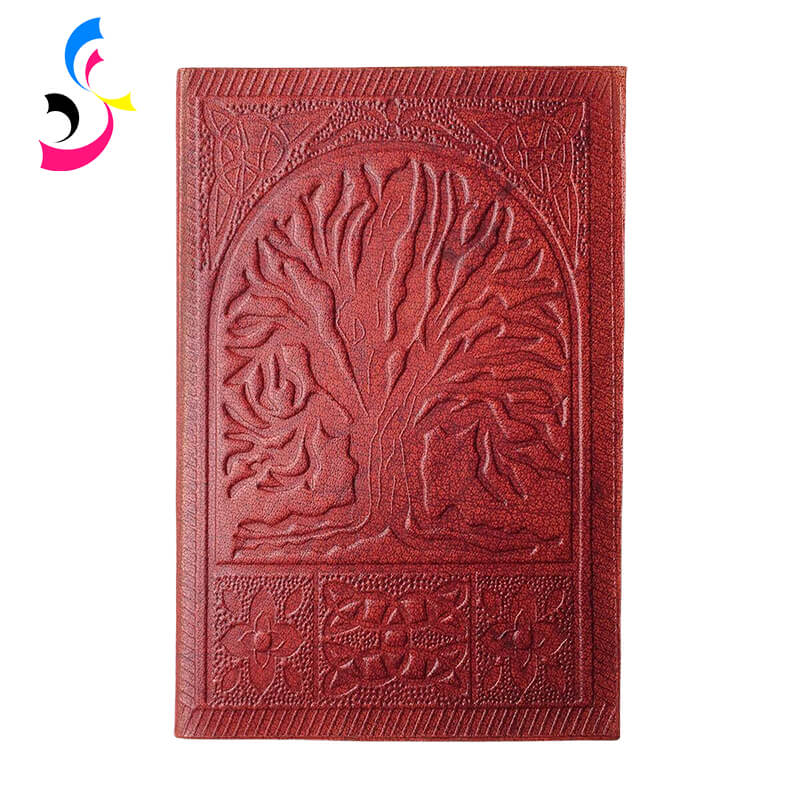
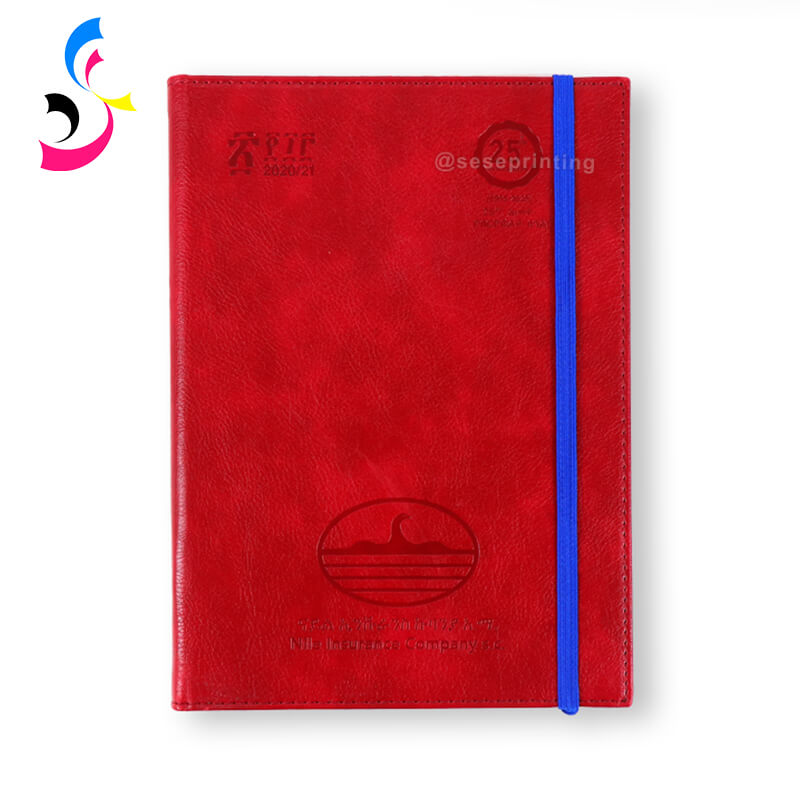
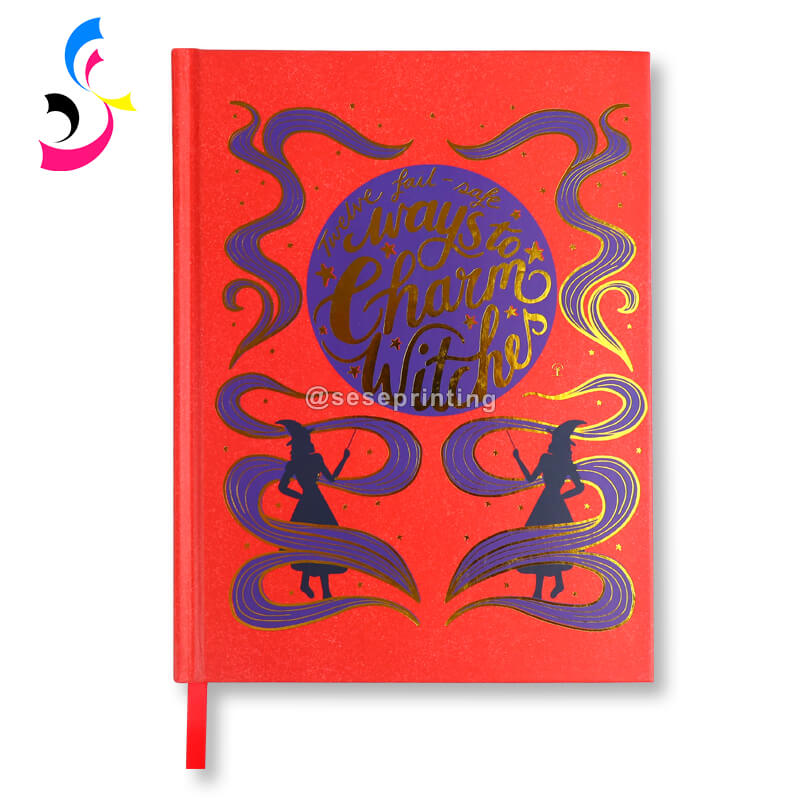
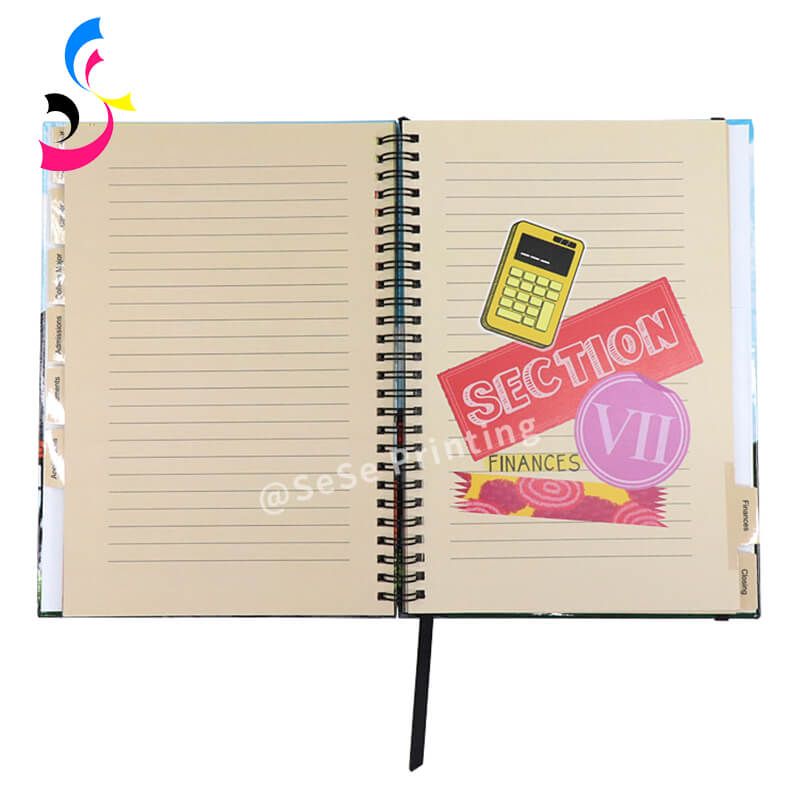
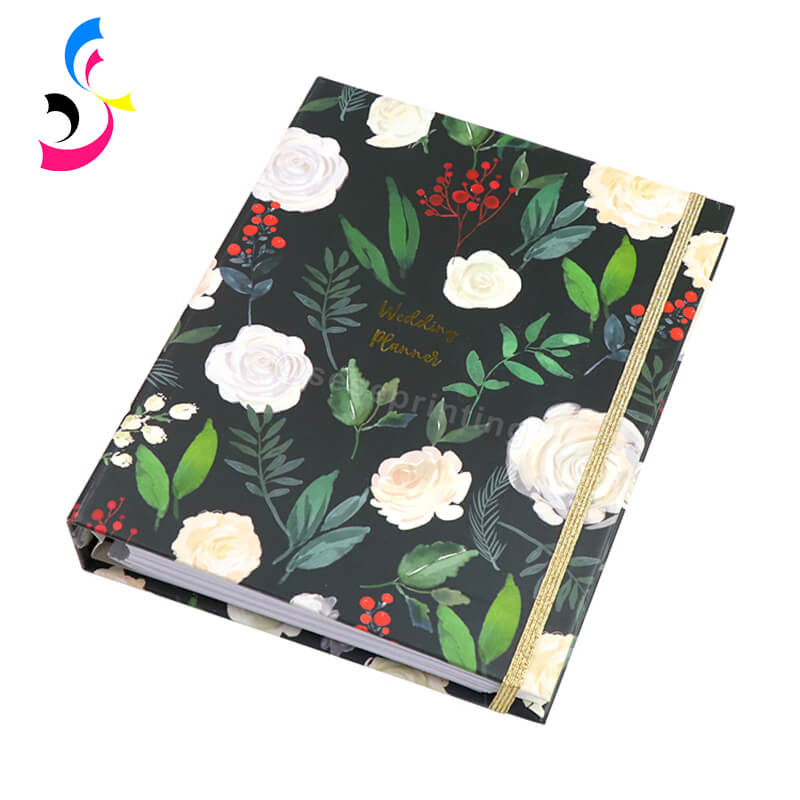
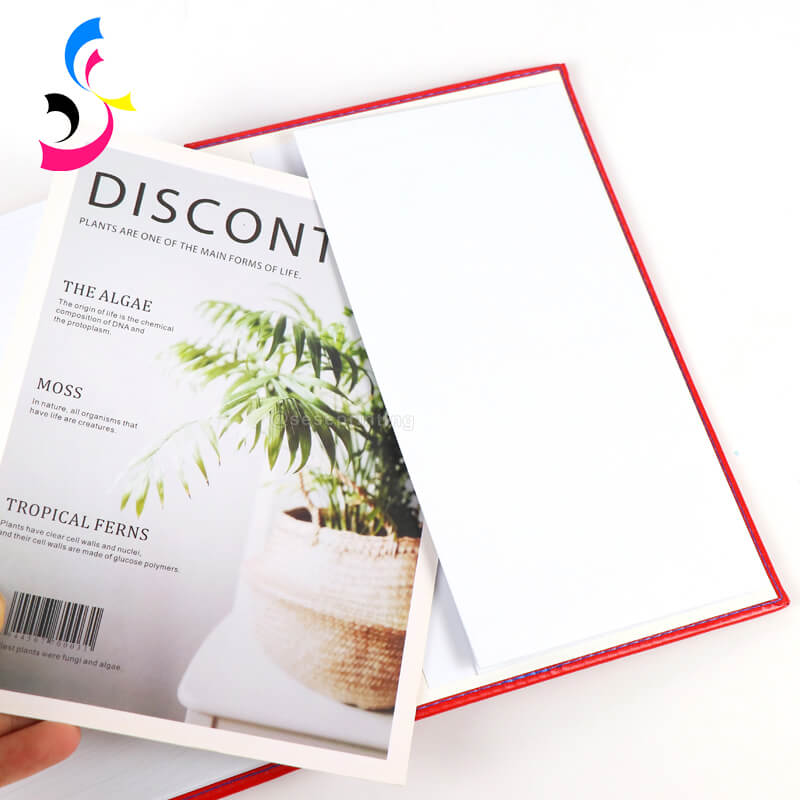
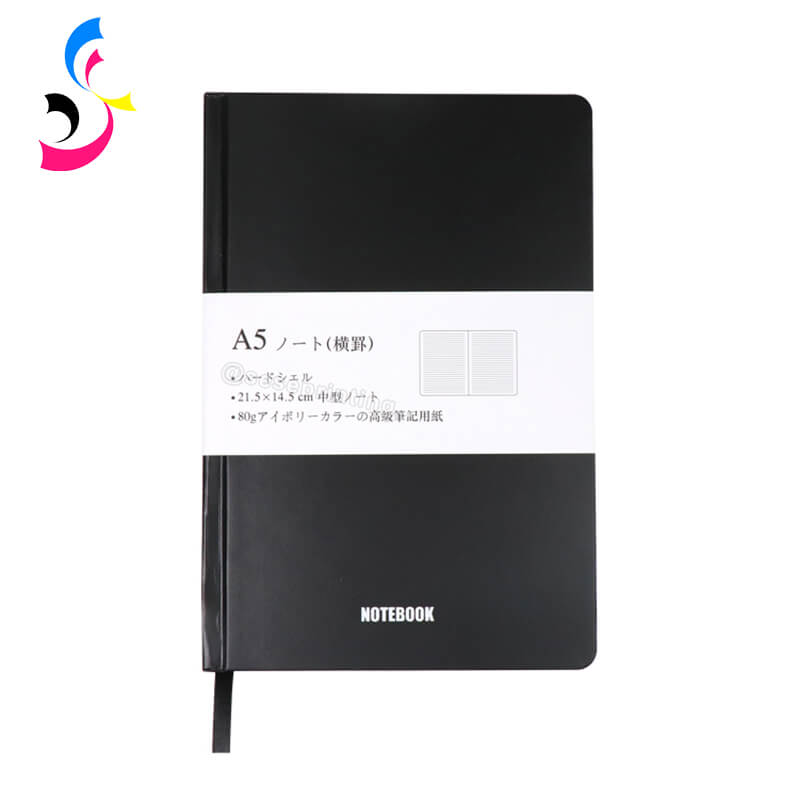
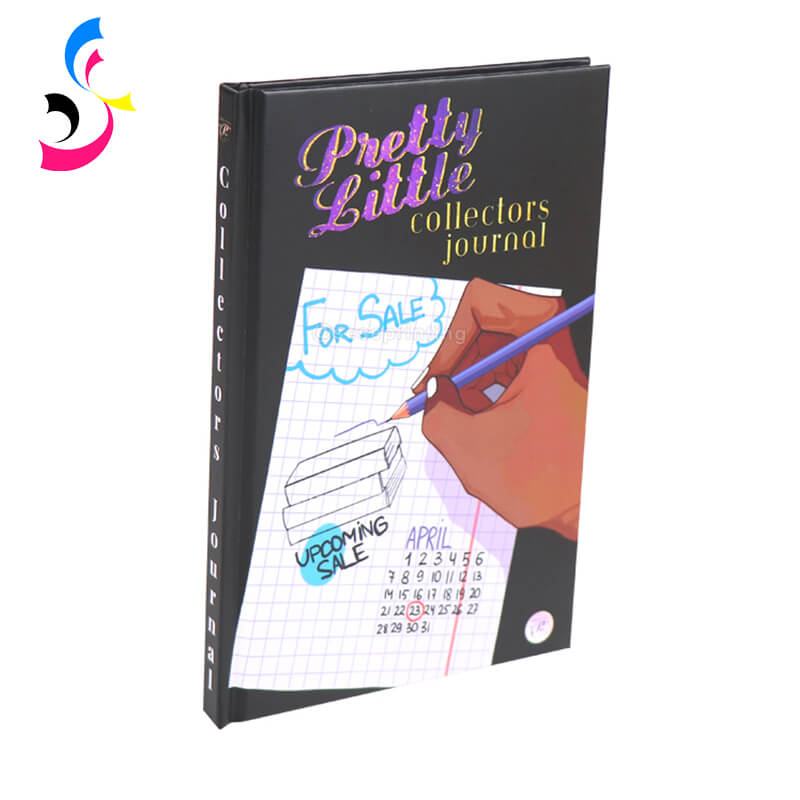
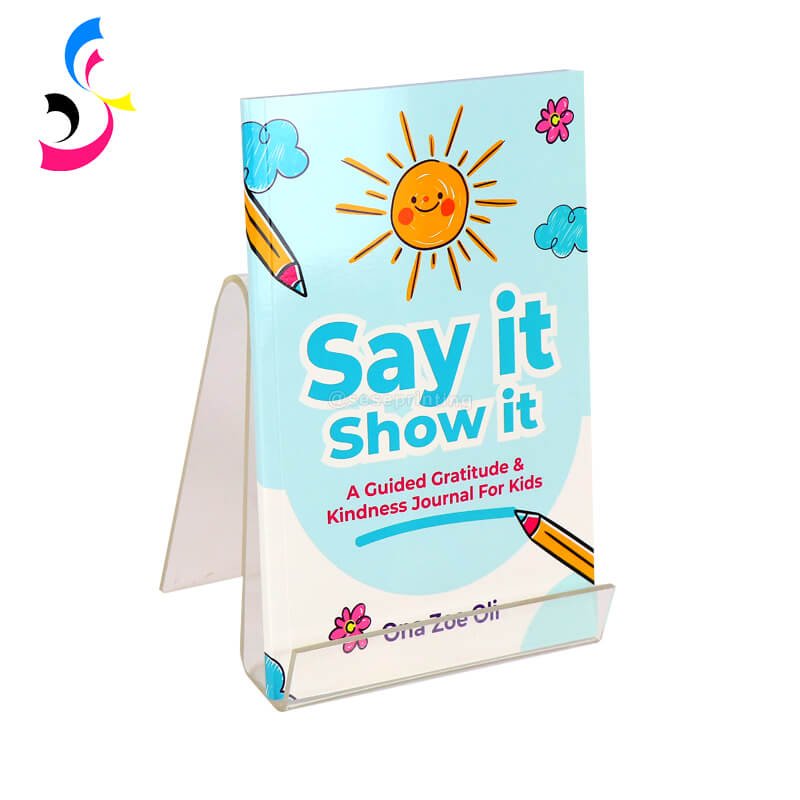
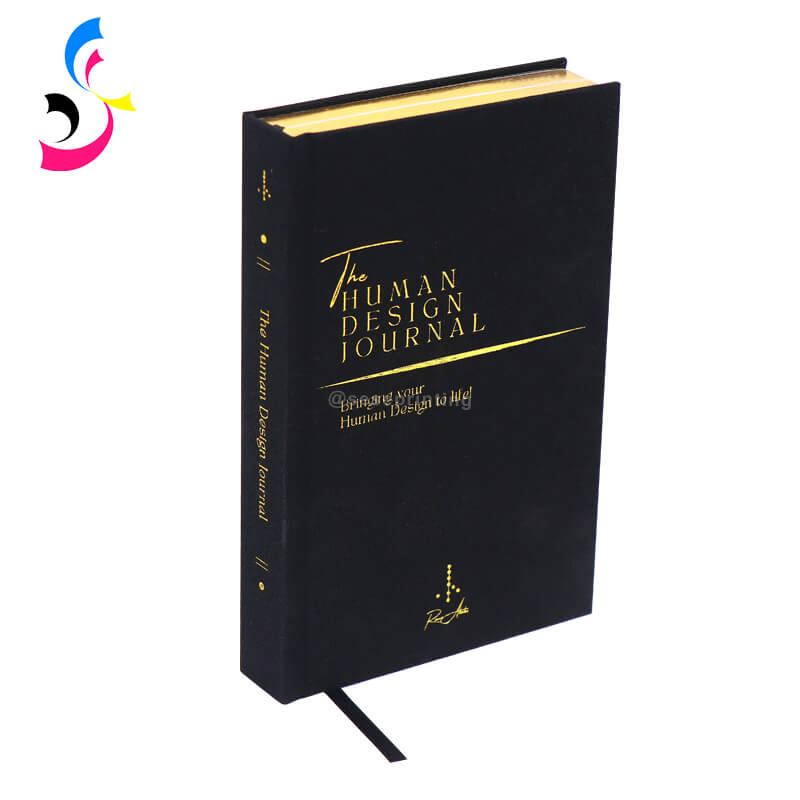
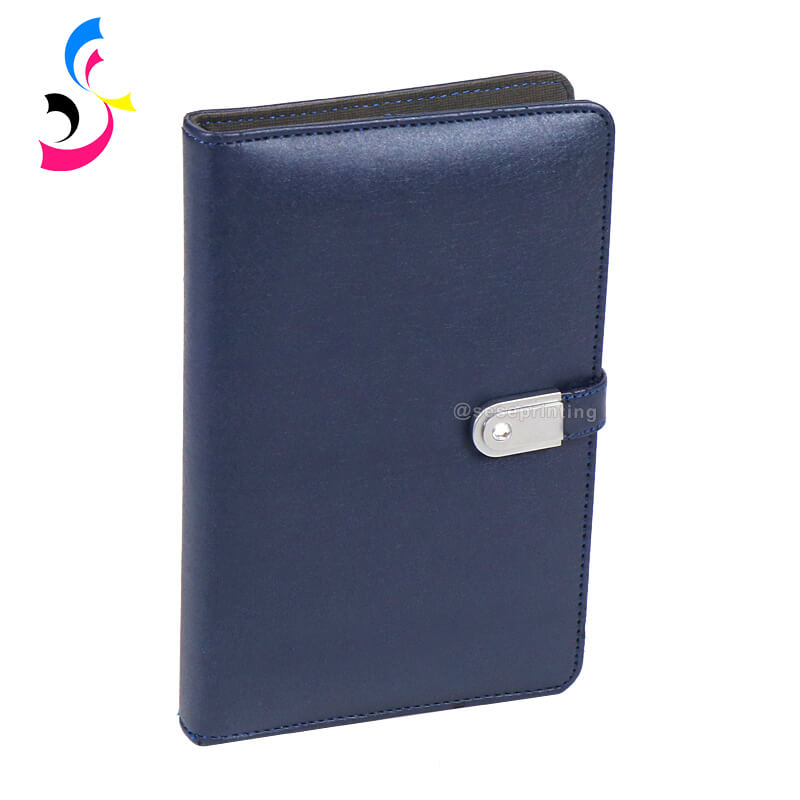
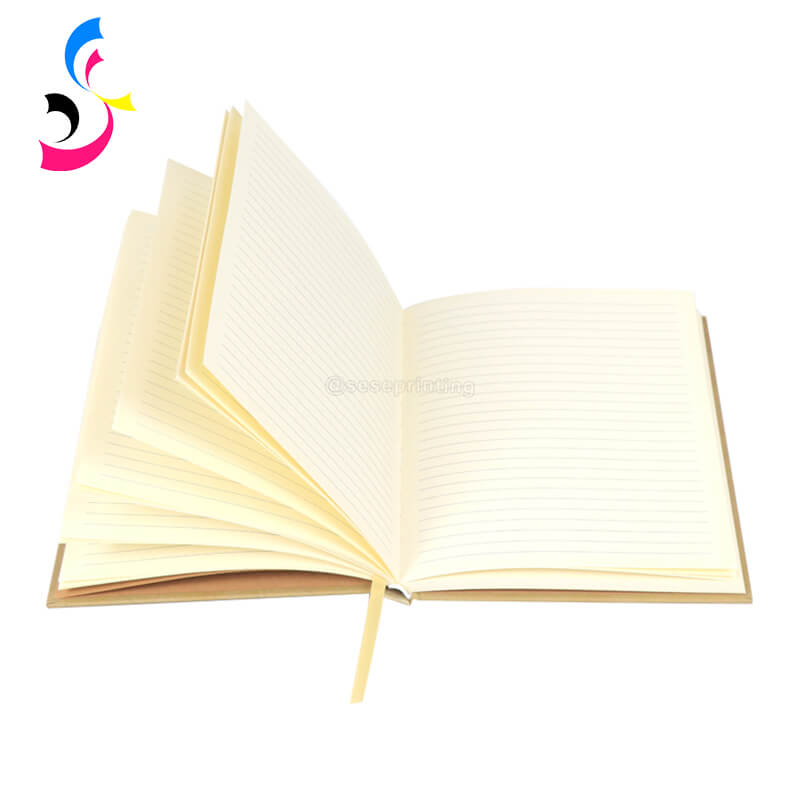
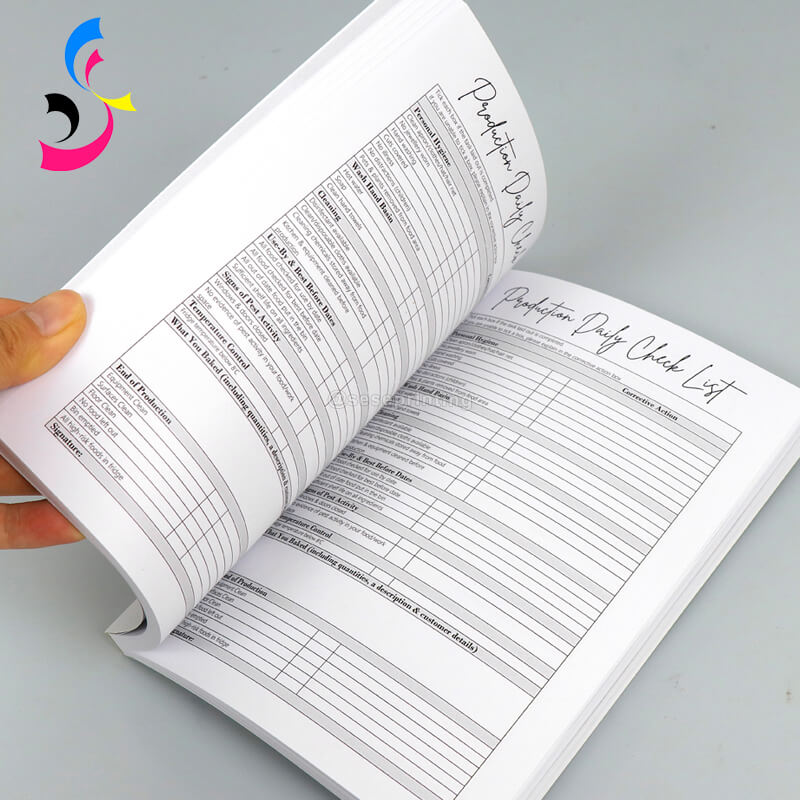
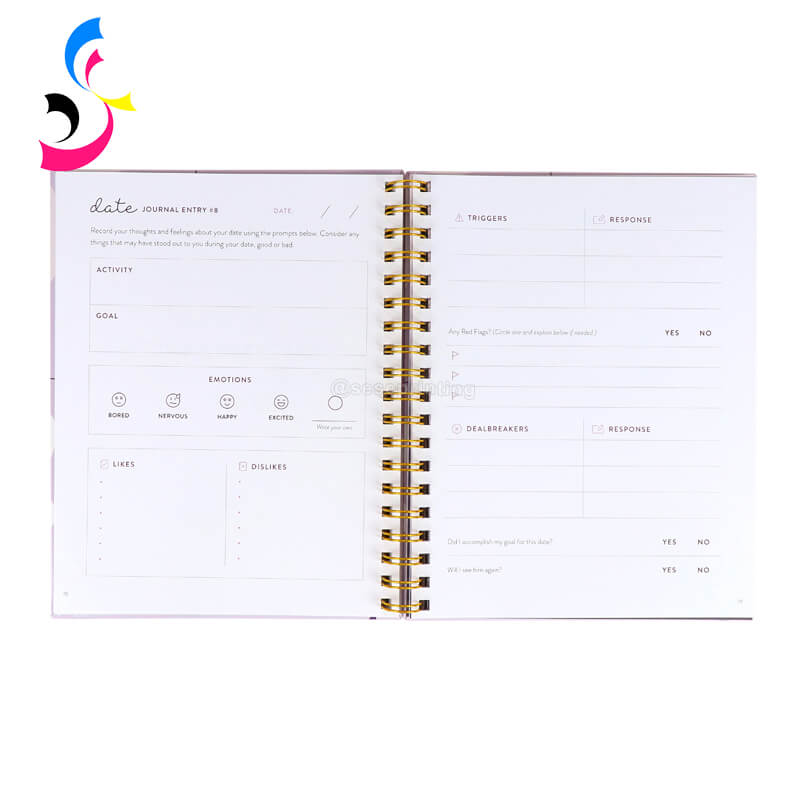
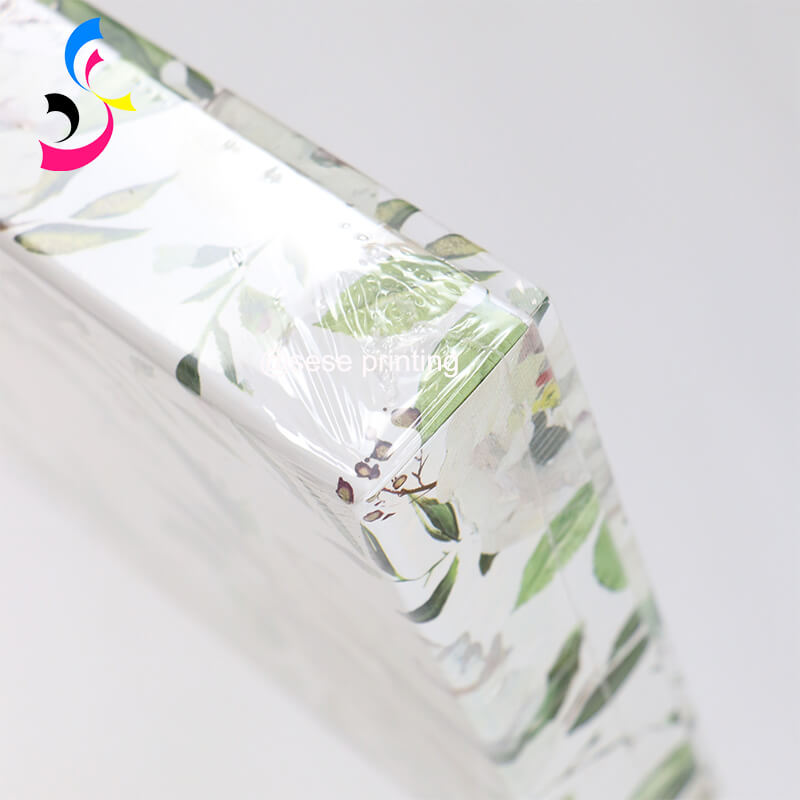
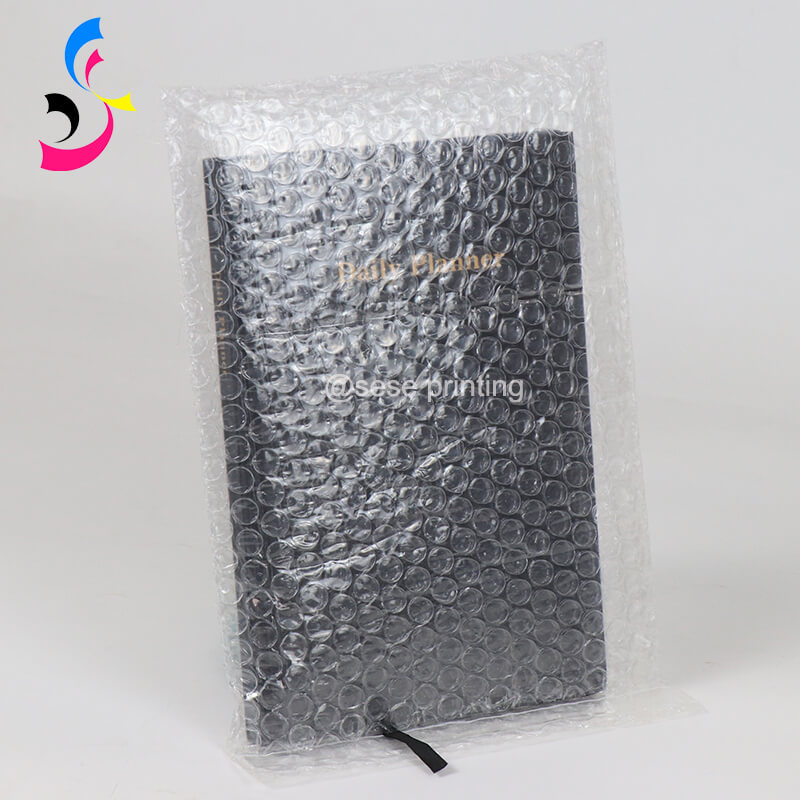
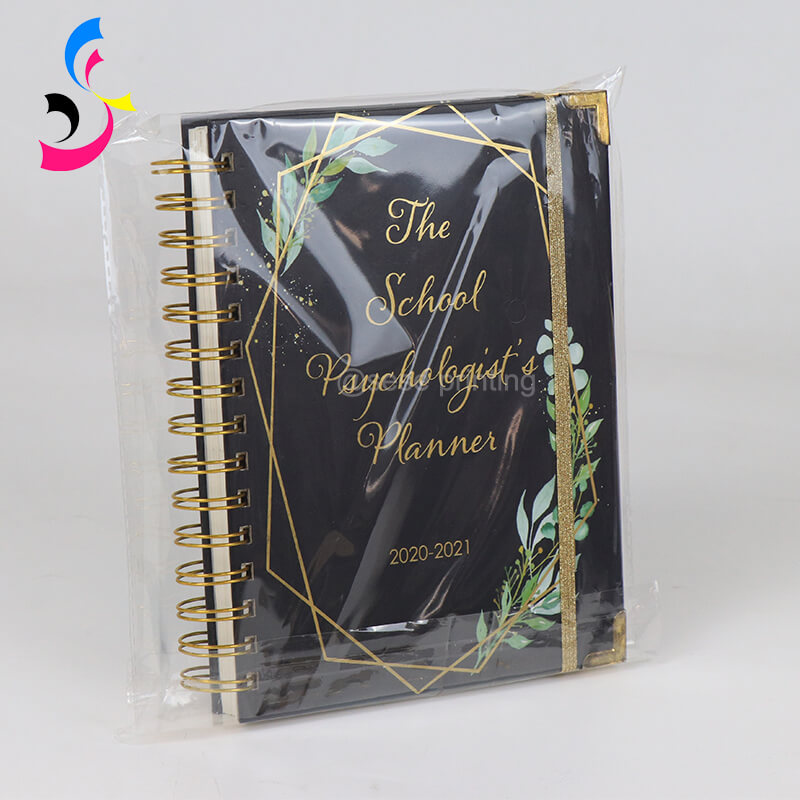
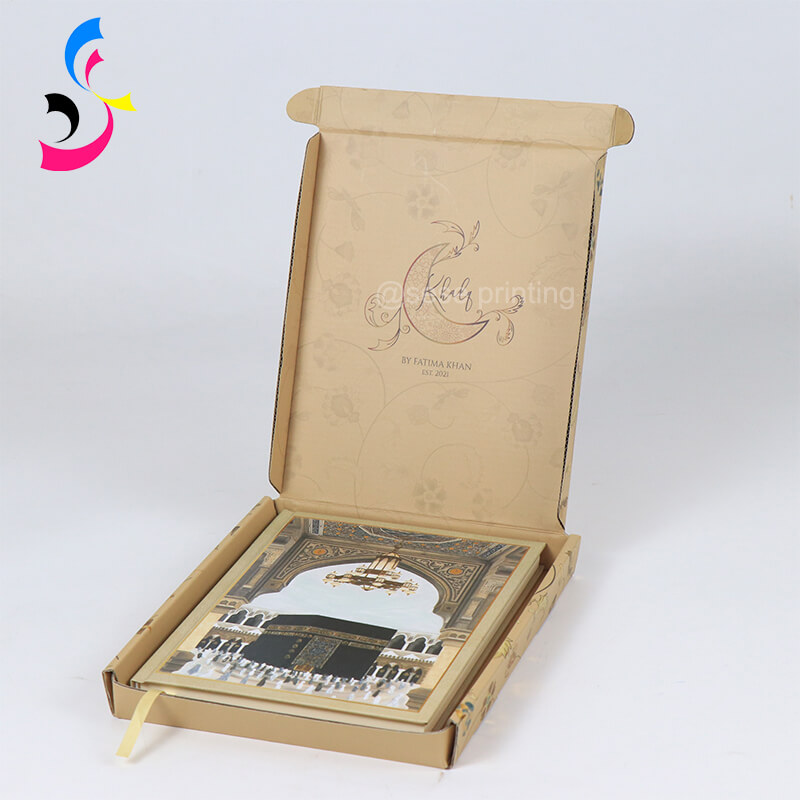
 How to Make Your Own Book Dust Jacket
How to Make Your Own Book Dust Jacket  You May Also Like
You May Also Like
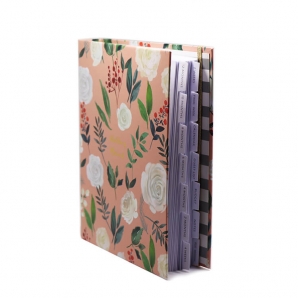

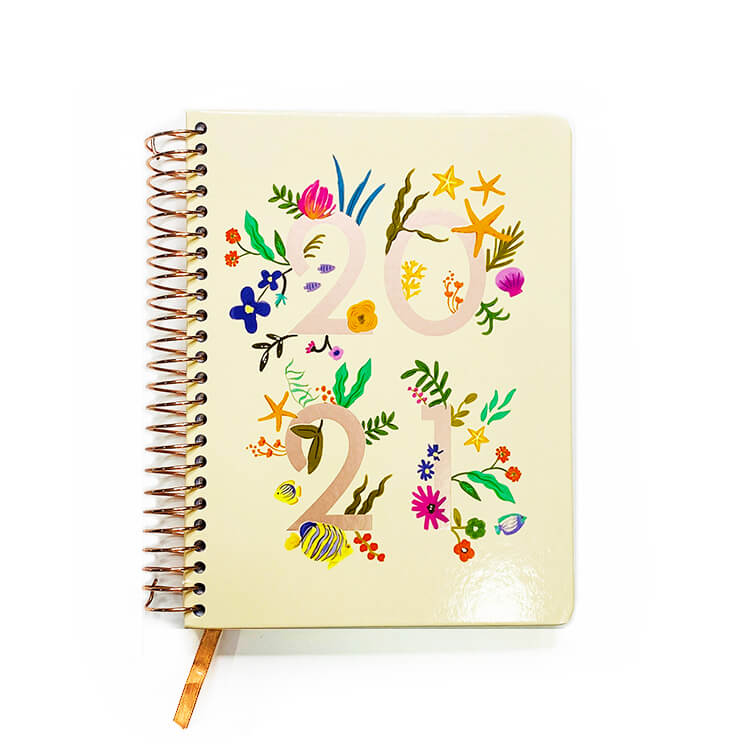

 Tel
Tel
 Email
Email
 Address
Address







